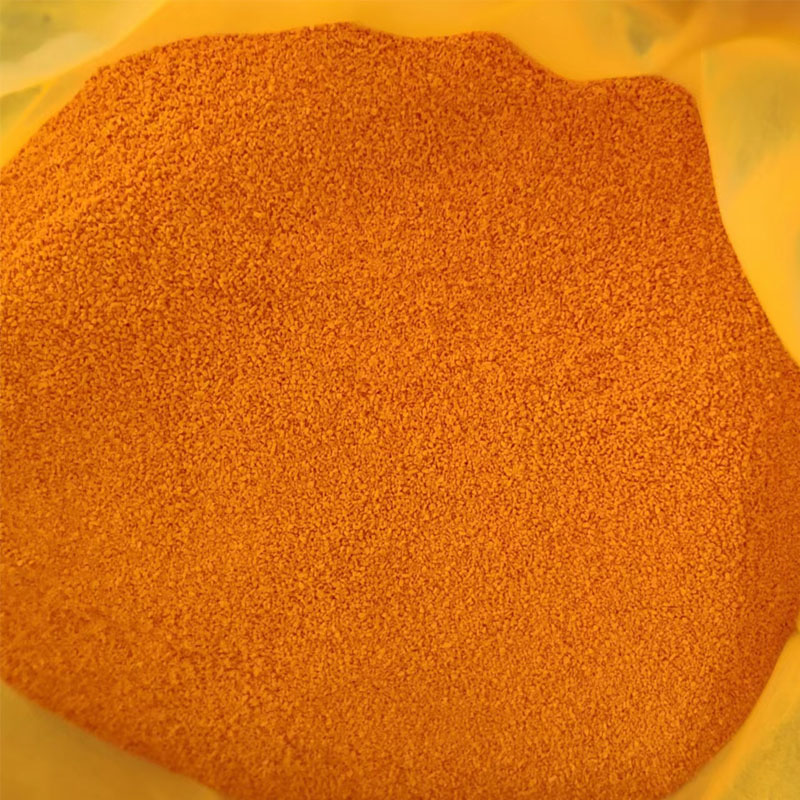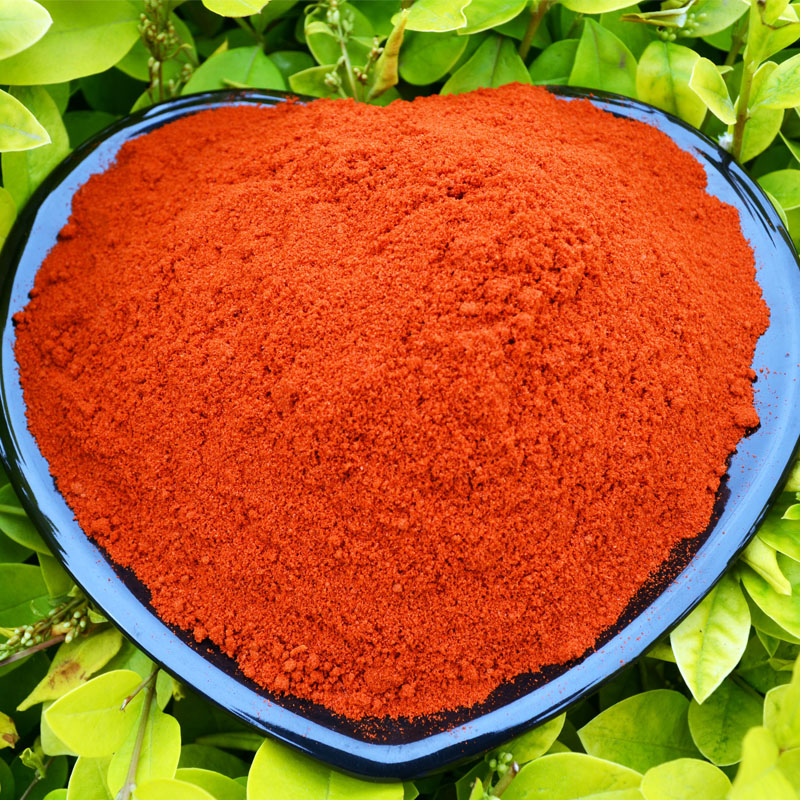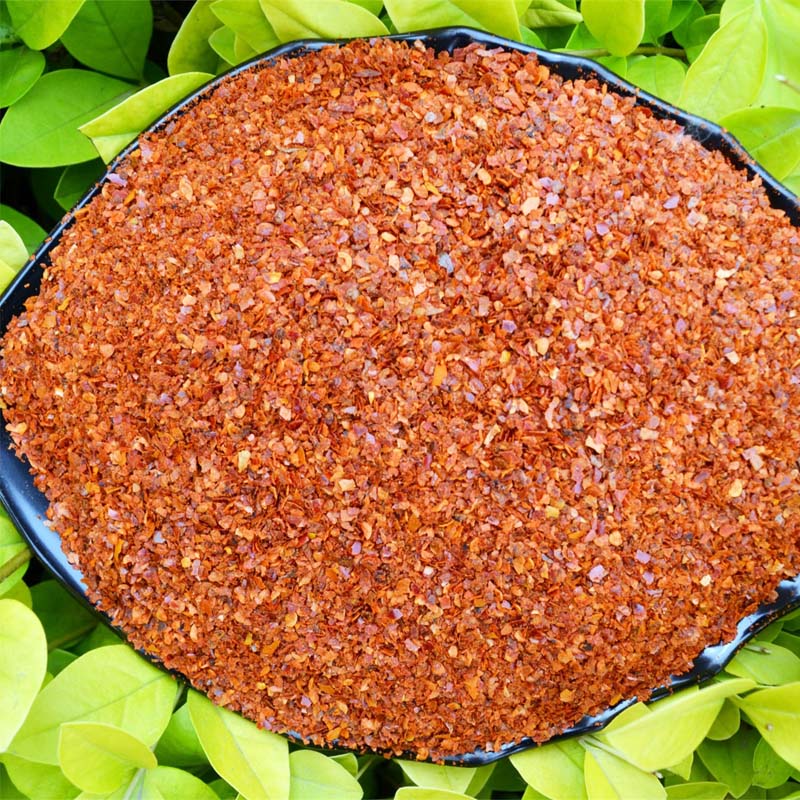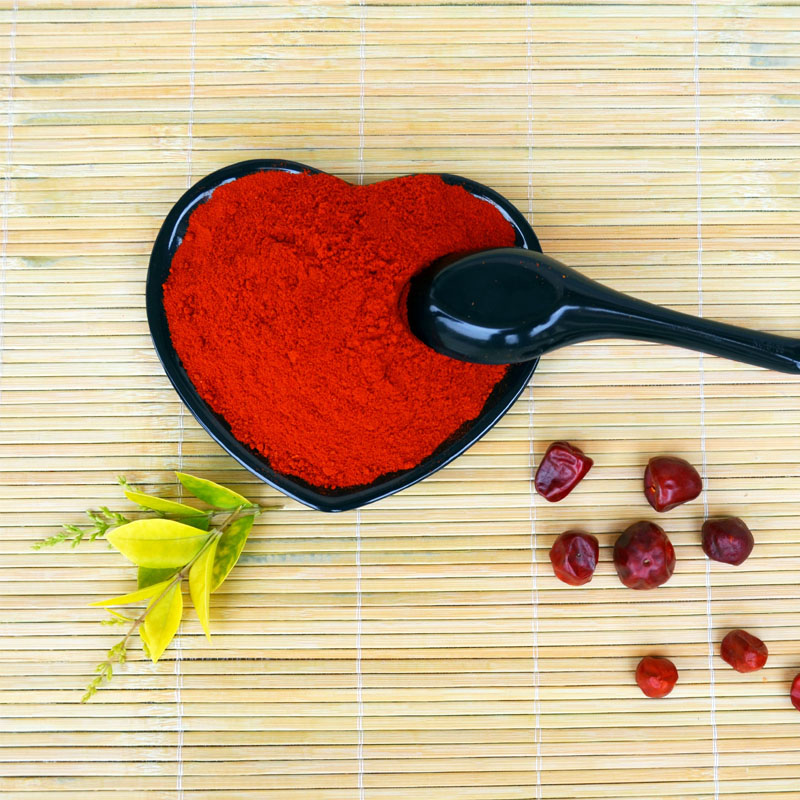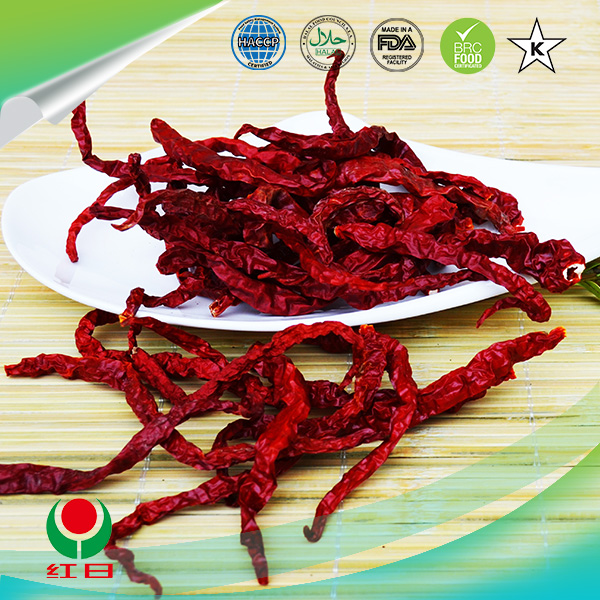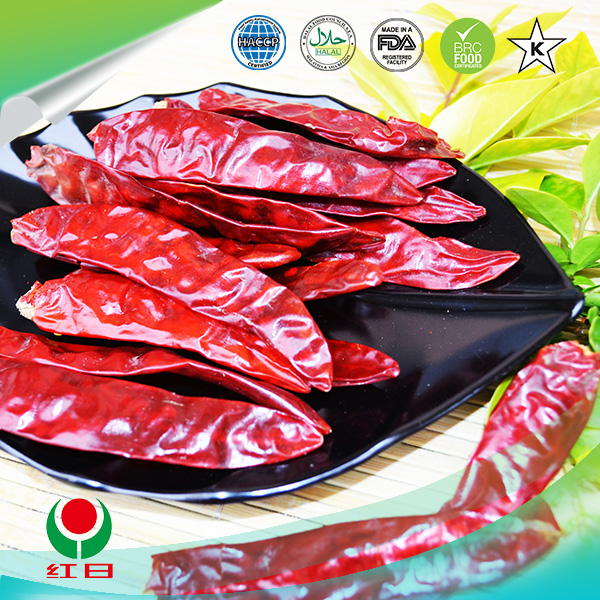- No. 268 Xianghe Street, Economic Development Zone of Xingtai city, Hebei 054001 China
- Byron@hbhongri.cn
Exploring the Flavorful World of Fresh and Dried Chiles in Culinary Delights
Fresh vs. Dried Chiles A Flavorful Exploration
Chiles are a staple in many cuisines around the world, and for good reason. Their vibrant flavors and varying heat levels can transform any dish into a culinary delight. When it comes to chiles, there are two primary forms to consider fresh and dried. Each offers its unique attributes, making them indispensable in both traditional and contemporary cooking. In this article, we will explore the differences between fresh and dried chiles, their uses, and how to maximize their potential in your kitchen.
Fresh Chiles Vibrant and Versatile
Fresh chiles are often the go-to option for cooks looking to add a burst of flavor and heat. Available in a variety of shapes, sizes, and colors, fresh chiles can range from sweet bell peppers to fiery habaneros, each bringing distinct characteristics to the table. The most common types include jalapeños, serranos, and poblano chiles, all of which are frequently used in salsas, stuffing, and sauces.
One of the main benefits of fresh chiles is their bright, crisp texture and captivating aroma. When chopped and added to dishes, they can enhance not only the taste but also the visual appeal of the meal. Fresh chiles are most commonly used in recipes that require a raw or lightly cooked element, such as fresh salsas or garnishes. Their flavor profile is bold and often fruity, making them perfect for summer salads and grill dishes.
To use fresh chiles effectively, it’s best to consider the level of heat and the desired flavor impact. For example, milder chiles like poblanos can be roasted and stuffed, while hot varieties like habaneros should be handled with care to avoid overwhelming the dish. A simple technique to tone down the heat of fresh chiles is to remove the seeds and membranes before cooking.
Dried Chiles Intense and Complex
fresh dried chiles
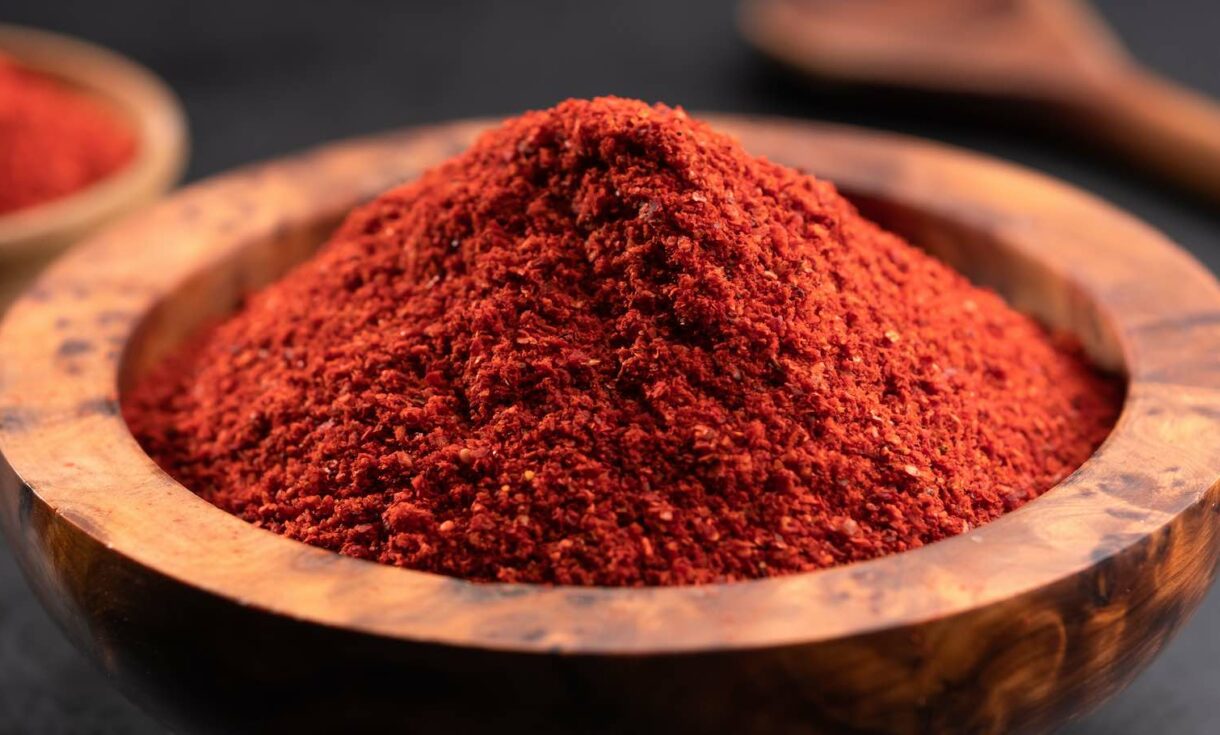
In contrast, dried chiles bring a different set of qualities to the table. When chiles are dried, their flavors concentrate, resulting in a deeper, more intense taste. Common varieties include ancho, guajillo, and chipotle, each offering a unique flavor profile ranging from smoky to sweet. Dried chiles are often used in spice blends, sauces, and marinades, providing a rich backbone to many classic dishes.
One key advantage of dried chiles is their long shelf life. They can be stored for months, sometimes even years, without losing their potency, making them an excellent pantry staple. To use dried chiles, a common approach is to rehydrate them in hot water, which allows them to regain their original texture. After rehydrating, they can be blended into sauces or chopped and incorporated into stews and braises.
Dried chiles also tend to bring a more complex flavor than their fresh counterparts, often adding depth to dishes like mole or chili. They can be toasted in a dry skillet to enhance their flavors before being ground into powder or incorporated into sauces, which unlocks a spectrum of nuanced flavors.
Choosing the Right Chile
When deciding between fresh and dried chiles, consider the dish you are preparing and the flavor profile you wish to achieve. Fresh chiles are ideal for dishes requiring brightness and freshness, while dried chiles excel in recipes that benefit from concentrated flavors and a stronger heat.
In conclusion, both fresh and dried chiles have a place in the kitchen, and understanding their unique attributes allows cooks to master their use. Whether you’re whipping up a vibrant salsa, a hearty chili, or a complex mole sauce, embracing the varieties of chiles available will open up a world of culinary possibilities. The beauty of cooking lies in experimentation, so don’t hesitate to play with both forms—mixing fresh and dried chiles can lead to some extraordinary flavor combinations. Happy cooking!
-
Unlock the Power of Nature with Capsicum Oleoresin ExtractNewsJul.03,2025
-
Unleash the Heat: Discover the Wonders of Spicy Crushed Red PepperNewsJul.03,2025
-
Unleash the Flavor of Red Pepper Pods – Elevate Your Culinary Creations!NewsJul.03,2025
-
The Rich Flavor of Red Pepper Dried – The Ultimate Ingredient for Your Culinary Creations!NewsJul.03,2025
-
Discover the Rich Flavor of the PaprikaNewsJul.03,2025
-
Discover the Flavorful World of Paprika & Chili ProductsNewsJul.03,2025
